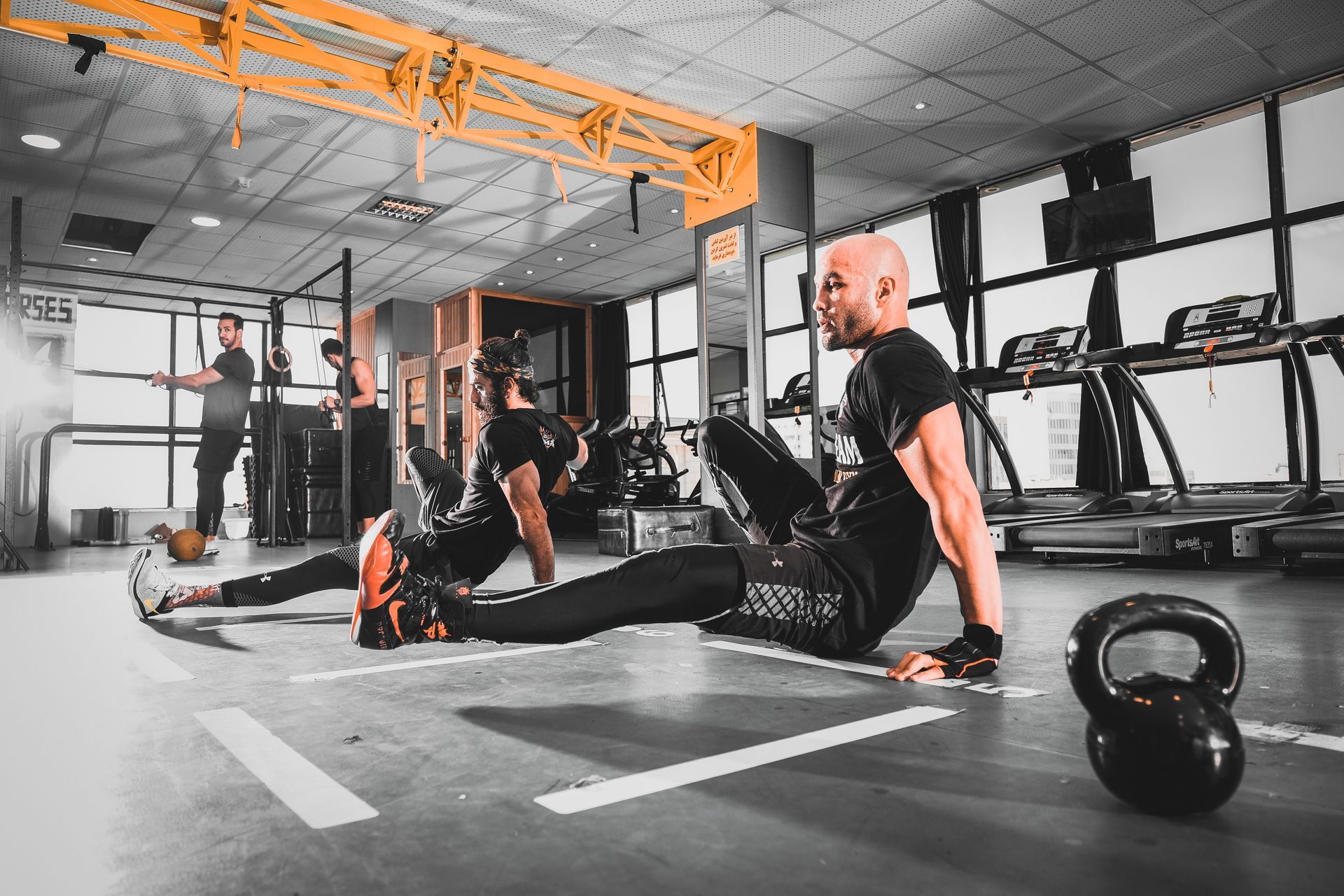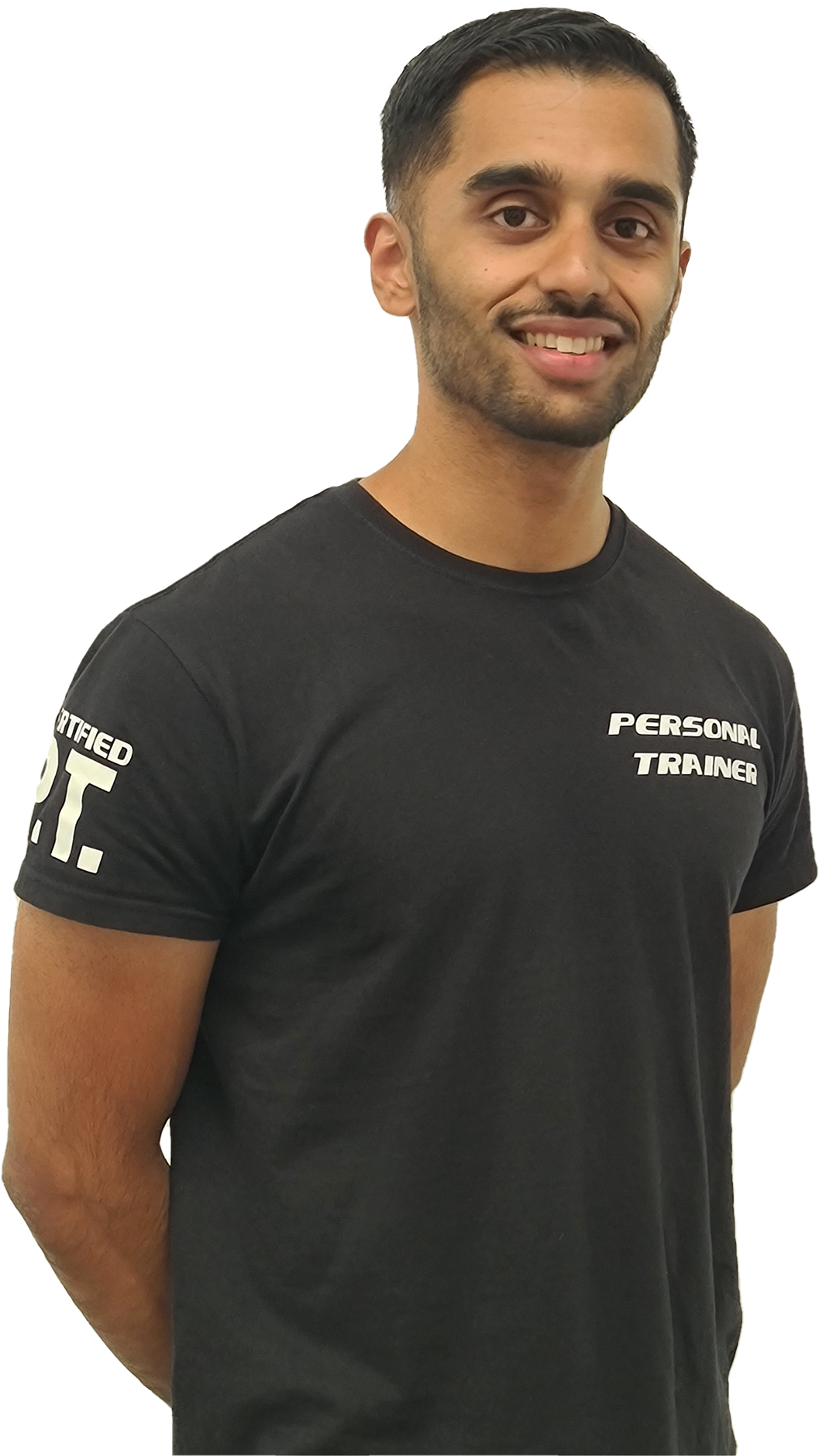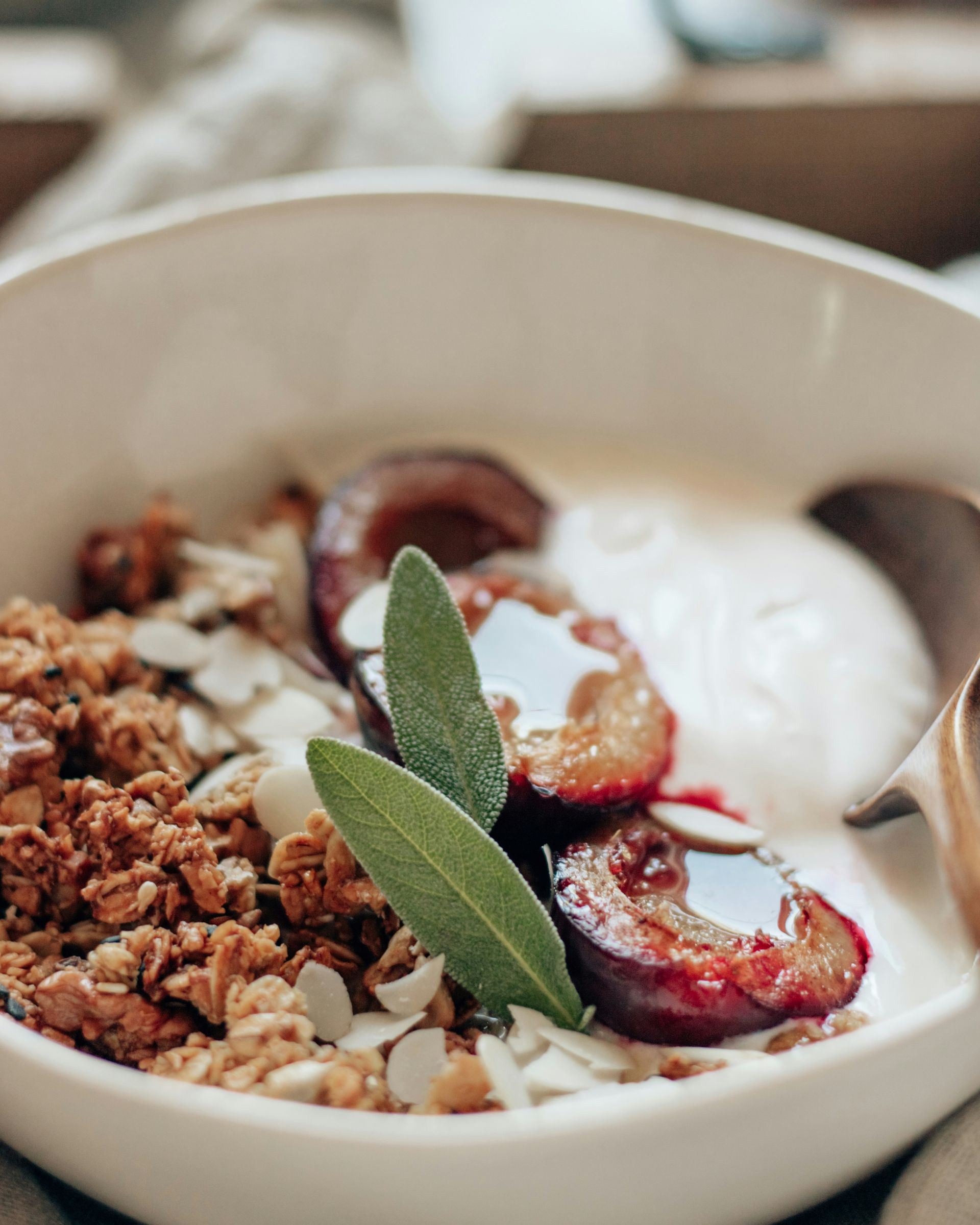
Integrating Core Work In Your Weightlifting Routine
When it comes to enhancing your weightlifting routine, incorporating core work is a game-changer. Your core is the foundation of strength, stability, and balance, and by integrating targeted exercises into your regimen, you can unlock a world of benefits. In this article, I'll delve into the essential aspects of how to integrate core work seamlessly into your weightlifting routine for remarkable results.
Before tackling the 'how' let me tell you about the why. Core strength is paramount in weightlifting for several reasons. Your core, which includes muscles like the rectus abdominis, obliques, lower back and glutes, serves as the anchor for your movements. When you lift weights, especially heavy ones, a strong core stabilizes your spine, reducing the risk of injury.
A strong core isn't just about safety; it's also about performance enhancement. By working on your core, you'll notice increased power and control during your weightlifting sessions. Lifts will become more manageable, and you'll experience greater endurance, allowing you to push your limits and achieve your fitness goals.
Seperate Core Days
Right off the bat, I will tell you that this method isn't the best to maximize gains in your core. Your training split will look something like: Chest on Mondays, Shoulders on Tuesdays, Legs on Thursdays, Back on Fridays and Core on Sundays. Its not wrong, and its better than nothing, but the core is an extremely large muscle group with multiple planes of movement which need to be addressed, that its counter-productive to mush all of that in one half-assed session.
Blasting the Abs at the End of Your Sessions
This is a popular way to top off your workout, usually people will throw in a a circuit of abdominal exercises or a few sets doing cable abdominal crunches at the end of their workout. When done correctly, this is very effective. My recommendations are to do a circuit of rotational, power, plank and stabilization based core exercises. For example, here are two exercises with a bosu ball, a coiling core exercise and a plank variation below.
Superset The Core
We arrive at my favourite option, superset core exercises with your top two or three weightlifting exercises, for example if you're doing a barbell squat superset it with a plank, if you're doing a bench press superset it with a stabilization exercise such as an overhead march. This method is effective because you are targeting the core multiple times per week, getting more bang for your buck as your heart rate and muscle pump will be elevated throughout your usually mundane chest sessions, and you're able to train your core with more variation.
Incorporating core work into your weightlifting routine is a must for anyone looking to take their fitness journey to the next level. By strengthening your core, you'll not only reduce the risk of injury but also experience improved performance and endurance. So, why wait? Start integrating these core exercises into your weightlifting routine today and witness the transformation in your strength and overall fitness. Your core is the foundation of your power, and it's time to unlock its full potential.
For Personal Training and Coaching enquiries based in London, email me here

Start Today!
Ready to transform your fitness journey? Take the first step towards achieving your goals with personal training!
My take on Health and Fitness



